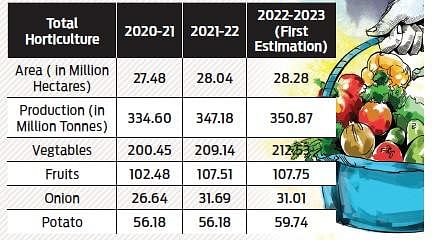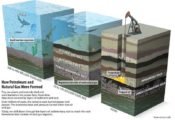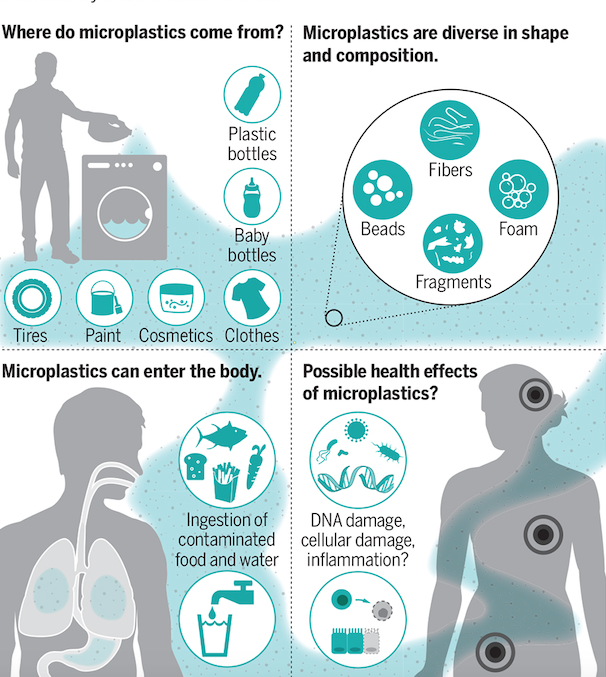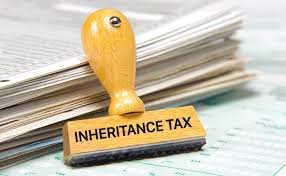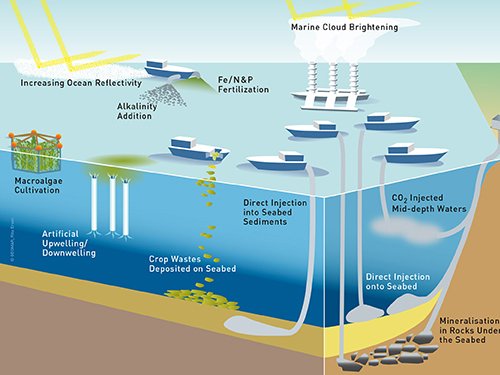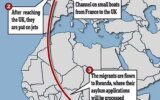
Revamping DRDO | K Vijay Raghavan Committee
Subscribers of "Current Affairs" course can Download Daily Current Affairs in PDF/DOC
Subscribe to Never Miss an Important Update! Assured Discounts on New Products!
Must Join PMF IAS Telegram Channel & PMF IAS History Telegram Channel
- Contexrt (IE I IT): The K. Vijay Raghavan committee to revamp the DRDO has submitted its report.
- The committee had participation from industry, services, academia and the DRDO.
- The GoI has given the DRDO three months to review and share feedback before implementing the recommendations in a phased manner.
- The committee’s mandate was to
- Redirect DRDO’s focus towards developing high-end technologies for future warfare.
- Find ways to attract and retain high-quality manpower.
- Developing a system of project-based workforce through incentives and disincentives, with strict performance accountability.
|
Need to review the functioning of DRDO
- Several DRDO projects are suffering from massive delays.
- The Parliamentary Standing Committee on Defence expressed concerns that 23 of its 55 mission mode projects could not be completed in time.
- The Comptroller and Auditor General (CAG) had flagged that 119 (or 67%) of the 178 projects scrutinised by it had failed to adhere to their initially proposed timelines.
- CAG also commented, “The practice of seeking multiple extensions defeats the purpose of projects taken under the Mission Mode category.”
- The DRDO has also often been criticised for cost overruns.
Recommendations of the Committee
1. Defence Technology Council (DTC)
- A top body (DTC) should determine the country’s defence technology roadmap and decide on major projects and their execution.
- The proposed DTC will have an Executive Committee.
- The proposed DTC will have an Expert Committee headed by a Principal Scientific Advisor.
Composition of DTC
- Chairman: Prime Minister,
- Vice Presidents: Defence Minister & National Security Advisor.
- It will also include representation from academia and industry, with two members from each sector.
Composition Of Executive Committee
- Chairman: Chief of Defence Staff.
- Other Members:
- The Principal Scientific Advisor,
- The Three service chiefs and
- Their vice chiefs.
2. Department of Defence Science, Technology, and Innovation.
- A separate department under the Defence Ministry to be created – The Department of Defence Science, Technology, and Innovation.
- This department will serve as the secretariat for the DTC.
- The department will aid DTC’s decisions on technology production.
- As the DTC secretariat, it will draw scientists from DRDO and academia, building a repository of knowledge on production expertise and conducting background research for the DTC.
- It is proposed that a Technocrat head the department.
- It will
- Promote defence research and development in the academic and start-up ecosystem.
- Operate labs for testing and certification, a function also performed by DRDO.
3. Other Recommendations
- Research Focus: DRDO should concentrate exclusively on research and development, excluding prototype development and technology demonstrations.
- At present, DRDO remains engaged in all aspects of its projects, from research to development to production.
- Private Sector Engagement: Production and further development responsibilities are recommended to be transferred to selected private entities and public sector undertakings.
- Laboratory Consolidation: Reduce DRDO labs from 40 to approx. ten national-level facilities.
- Testing Facilities: To establish five national test facilities, open for private sector use, to test their weapon systems.
- Organizational Changes: Possible bifurcation of the secretary (research and development) role in the Ministry of Defence.
- PMO Oversight: The PMO is expected to take a more active role in overseeing key strategic projects, indicating heightened scrutiny of DRDO’s performance.
DARPA model
- GoI intends to follow the Defense Advanced Research Projects Agency (DARPA) model of the USA for the DRDO.
- DARPA works on the principle that the US should be ”the initiator and not the victim of strategic technological surprises“.
- DARPA is merely a funding agency with no laboratories or research staff.
- All research is conducted through contracts with universities, industry, and govt. R&D institutions.
- Both DARPA and DRDO were instituted in 1958.
DRDO
- DRDO works under the administrative control of the Ministry of Defence, GoI.
- It is India’s largest research organisation.
- Headquarters: New Delhi.
- It is working to establish a world-class science and technology base for India.
- It equips defence services with internationally competitive systems and solutions.
- It was instituted by combining three major defence organisations, namely:
- Defence Science Organisation (DSO)
- Defence Technical Development Establishment (DTDE)
- Directorate of Technical Development and Production (DTDP)
- DRDO’s first project for the Indian military was surface-to-air missiles (SAM), Project Indigo.




![PMF IAS Environment for UPSC 2022-23 [paperback] PMF IAS [Nov 30, 2021]…](https://pmfias.b-cdn.net/wp-content/uploads/2024/04/pmfiasenvironmentforupsc2022-23paperbackpmfiasnov302021.jpg)

